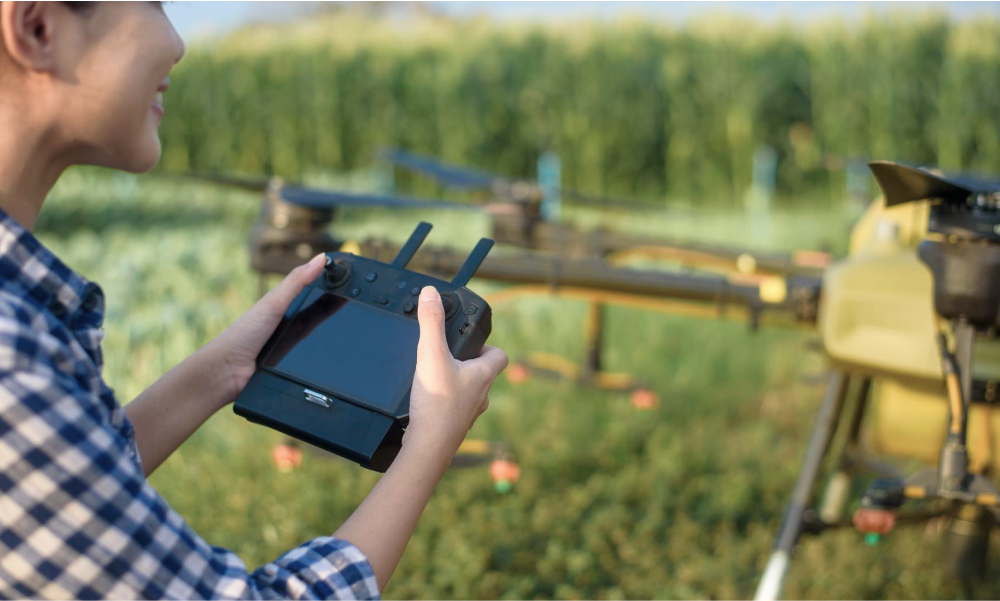Can digital twins drive decarbonisation?
According to the International Energy Agency, the oil and gas industry is responsible for up to 15% of the global emission of greenhouse gases. Decarbonization is imperative for most oil and gas companies to ensure a sustainable future. It’s a daunting task – but one made possible by digital transformation.
The importance of decarbonisation
The United Nations Net Zero Initiative urges organisations around the world to take immediate actions to cut their carbon emission, in an effort to limit the global temperature from rising above 1.5°C and reach net-zero carbon by the year 2050. Leaders need to start taking immediate action to meet the expectations for the public and shareholders, as midstream and downstream stakeholders start taking a greater interest in their environmental impact.

It’s not just a matter of addressing public perception. The oil and gas industry can save valuable time, resources, and billions of dollars by addressing issues of waste management and inefficiencies in extraction, production, and distribution.
Thankfully for them, oil and gas leaders are at the height of digital transformation. The emergence of artificial intelligence (AI) and machine learning among other accelerated technological advancements brings before key industry leaders a multitude of possibilities.
Digital twins in today’s vast digital transformation world
Before we jump head first into the role of digital twins as a form of digital transformation and its prospect in driving decarbonization, we must familiarise ourselves with the definition of digital twins and their intended purpose.
Digital twins refer to the production of virtual representations of physical assets with an all-encompassing data collection method. Using precise sensor data transmission, digital twins perform full asset analysis to detect system malfunctions, calculate maintenance cost and provide targeted solutions.
Benefits and setbacks of digital twins
It’s not always smooth sailing in adopting and engineering digital twin technology. Often in the oil and gas industry, companies experience issues with data silos during reserve modelling – purely because large data chunks are being managed by multiple teams and on different software. This explains the industry’s widespread issue of excessive energy consumption and production delays.

But there’s no issue too complex for digital twins. Since digital twins can be implemented into all parts of the operation process, from the early stage of project planning to production and distribution, companies can easily optimise their operation process, reduce energy consumption and enhance overall operational efficiency with asset information management.
Regardless, it is important to note that digital twins are not without any limitations. Digital expertise and technical know-how is a necessity for unlocking their full potential. Digital maturity plays a large part in how swiftly a company can build digital twins. This includes their capabilities for cloud computing, data storage, analytics, and data security.
All things considered, the positives of the digital twins technology outweigh the negatives, especially in driving decarbonization, making it a popular choice among manufacturers and industry leaders.
To fully integrate digital twins into the production process, companies must follow these four crucial steps:
- Perform cross-organizational collaboration between stakeholders
- Complete assessment of digital ready-ness
- Outline preparation for carbon emission monitoring
- Build necessary partnership
Digital transformation for a sustainable future
Today, key players in the oil and gas industry like 3M, Siemens, and Schneider Electrics are already embracing digital transformation, with favourable results in areas like quality assurance and system maintenance. When manufacturing downtime translates to a limit on carbon emissions and lower production cost, companies experience smoother operations.
Digital twins are rapidly changing the landscape of oil and gas and setting the stage for future applications of powerful and seamless AI integrations. As trust and confidence in the digital twins technology continue to grow in all areas of business around the world, the road to net zero looks smoother.
Need help navigating digital transformation? At Draga, we are leading the world of digital transformation with data digitization, business consultancy, technology-led operation management and project management system support that foster business success.
You May Also Like
These Related Stories

The drive for digitalisation and quality data at Automa 2024

Why is engineering digital twin technology important?


